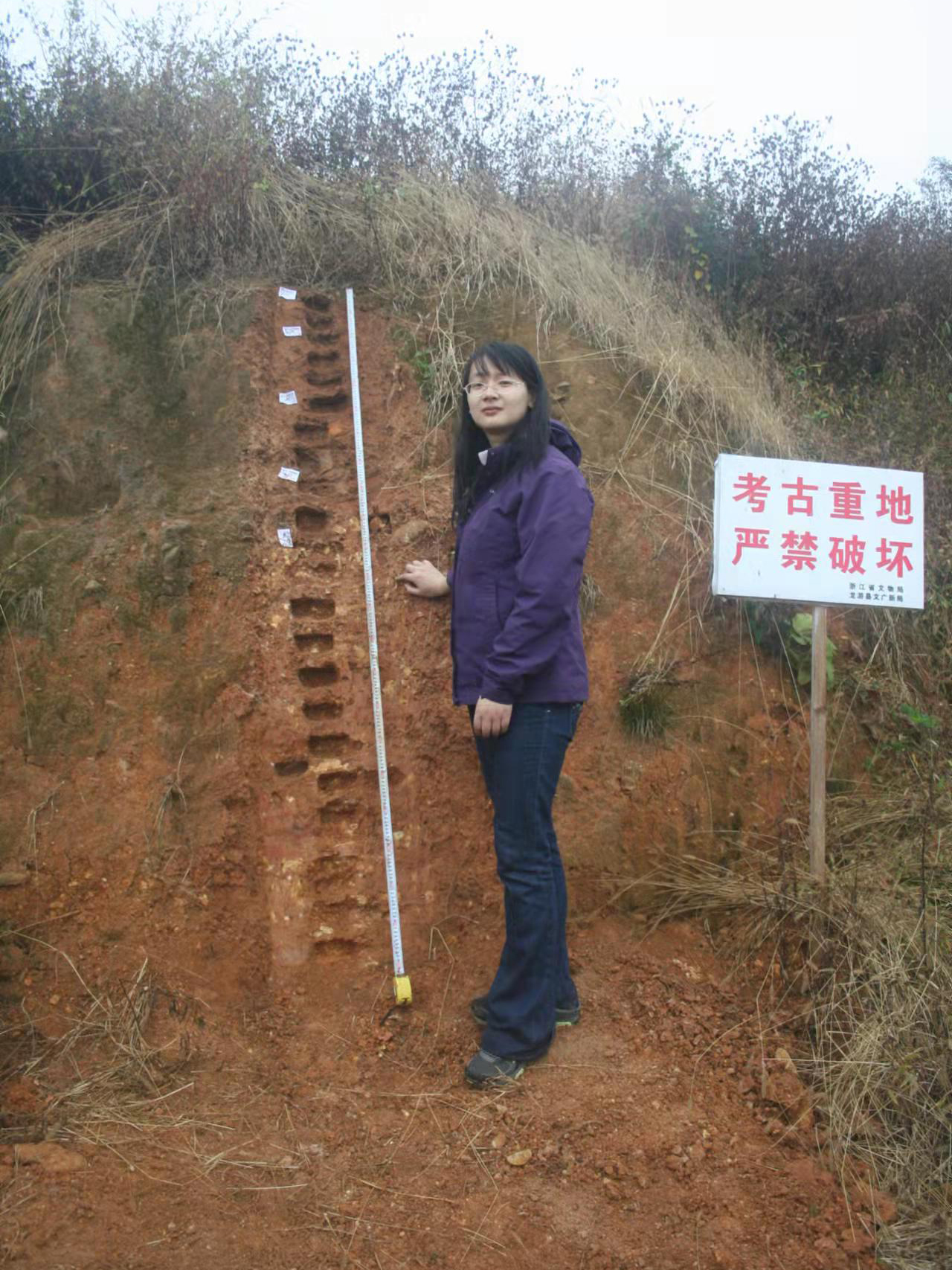
中国科学院古脊椎动物与古人类研究所研究员,博士生导师。2008年博士毕业于中国科学技术大学。目前已在Nature Communications、National Science Review、Archaeological and Anthropological Sciences、Journal of Archaeological Science、中国科学、人类学学报等国内外期刊发表研究论文50余篇,研究成果为央视新闻、新华社、人民网、中新社、科技日报和AAAS等国内外媒体报道。已获国家自然科学基金青年基金1项、面上项目2项、国家社科基金重大项目子课题1项。作为团队骨干成员,参与国家重点研发计划,获得北京市科学技术奖1次,并入选2018年中国科学院青年创新促进会,现任中国科学技术史学会科技考古专业委员会副秘书长,《人类学学报》编委。
以微体植物化石分析(植硅体分析,淀粉粒分析)为依托,探讨早期农业活动以及农业传播和古环境关系研究;开展石器、牙结石、粪化石等植硅体与淀粉粒分析,探索人与动物的食物结构和古环境变化;开展植硅体特性机理研究及其在考古中应用。
2011年 主持中国科学院科技先导项目子课题专项
2010年 主持国家自然基金青年项目
2008年 主持中国博士后科学基金
2022年 中国科学院古脊椎所 优秀共产党员
2022年 中国科学院古脊椎所 科学传播贡献奖
2022年 中国科学院古脊椎所 优秀成果